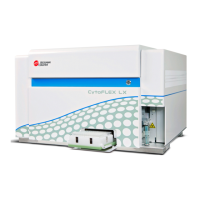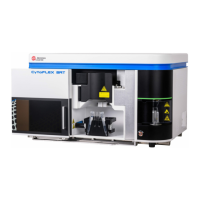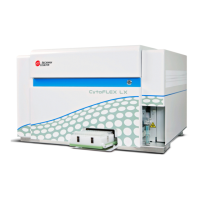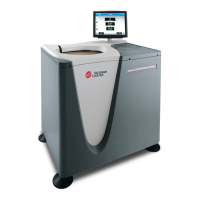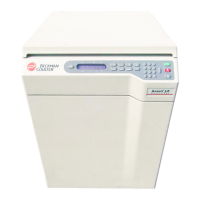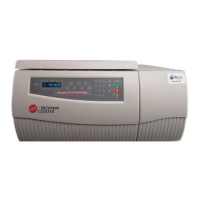PN 177196BB
8-16
SYSTEM DIAGNOSTICS AND MAINTENANCE
BASIC TROUBLESHOOTING TECHNIQUES
8.3 BASIC TROUBLESHOOTING TECHNIQUES
A Objectives
When you have completed this topic, you will be able to:
B Recognize an instrument problem based on abnormal sample results.
B Recognize an instrument problem based on abnormal Startup results.
B Recognize an instrument problem based on abnormal control results.
B Recognize an instrument problem based error messages.
B Explain how knowing a normal cycle flow and how the parameters are derived can help
locate a problem.
B References
1. In the Online Help System or the Instructions for Use manual, refer to:
r
Viewing Startup Results under Heading 5.3 POWERING UP AND LOGGING ON/POWERING
DOWN AND LOGGING OFF
.
r
Reviewing Control Results under Heading 7.3 RUNNING CELL CONTROLS.
r
Heading 11.11 REPLACEMENT PROCEDURES.
2. In this Training Guide, under Heading 4.3, INTERPRETING AND USING CELL
CONTROL DATA, refer to:
r WHAT TO DO WHEN A CBC/DIFF CONTROL IS OUTSIDE ITS EXPECTED
RANGES.
r USE GRAPHS TO DETECT PROBLEMS AND POINT TO SOLUTIONS.
r WHAT TO DO IF AN XB/XM BATCH IS OUT.
C Special Instructions
This topic is best covered in a classroom setting. Most of this topic refers to material that was
presented as part of learning the normal operation of the instrument. Show where this
information is located in the Instructions for Use manual, or to review it, is desirable.
D Topic Notes and Tasks
How to Recognize an Instrument Problem
1. The instrument provides at least one of three clues whenever a problem exists.
a. The data generated is not as expected. This data can include:
1) Startup cycle results
2) Commercial cell controls
3) XM analysis
4) Patient samples
5) IQAP
b. The instrument does not sound or look right when it is operating.
c. The instrument generates an error message.
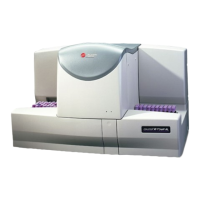
